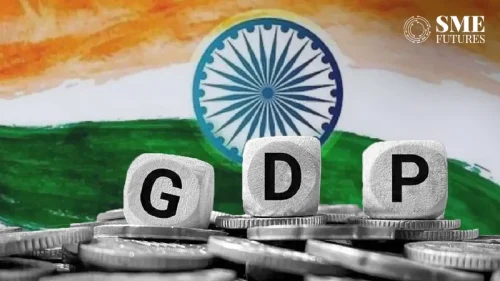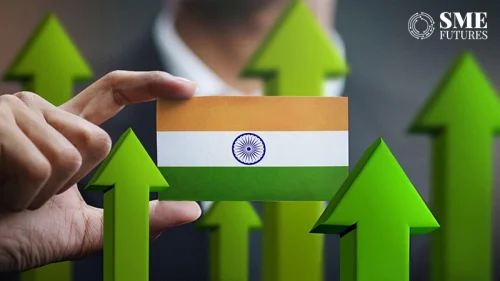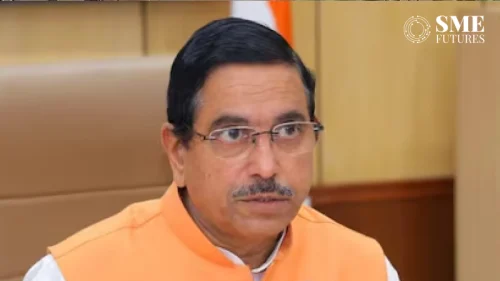Finance minister Nirmala Sitharaman on Saturday urged states and Union territories to replace conventional electricity meters with prepaid smart meters in three years, to cut losses and set the stage for separating the carriage and content operations of power distribution companies, or Discoms. Carriage refers to distribution aspect and content to power.
Smart meters can help reduce aggregate transmission and commercial losses, which are about 21.4 per cent currently, according to government data. By minimizing human intervention in metering, billing and dues collection, the smart meter architecture is supposed to empower consumers in choosing their power providers on the one hand and help distribution companies (Discoms) deal with power theft on the other.
India’s average aggregate technical and commercial (AT&C) losses are at 21.4%, pushing up the dues of discoms to power generating companies to Rs 72,938 crore at the end of November. Smart meters minimize human intervention in metering, billing and collection, and help reduce theft by identifying loss pockets. “Also, this would give consumers the freedom to choose the supplier and rate as per their requirements,” Sitharaman said.
India’s proposed distribution reform scheme—tentatively named Atal Distribution System Improvement Yojana (Aditya) to cut electricity losses below 12%—starts with smart meters. The scheme in the works aims to ensure continuous supply, adopting models such as privatising state-run discoms and having multiple supply, network and distribution franchisees.
The budget also extended the corporate tax rate of 15% to new domestic electricity generation companies, and provided for around Rs 22,000 crore to the power and renewable energy sector in 2020-21.









